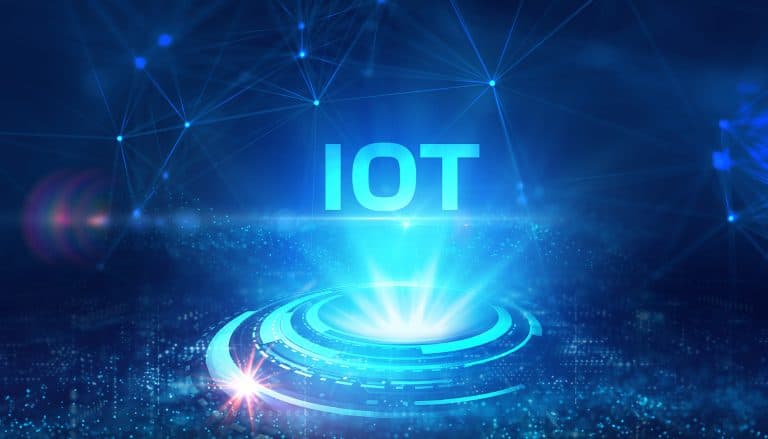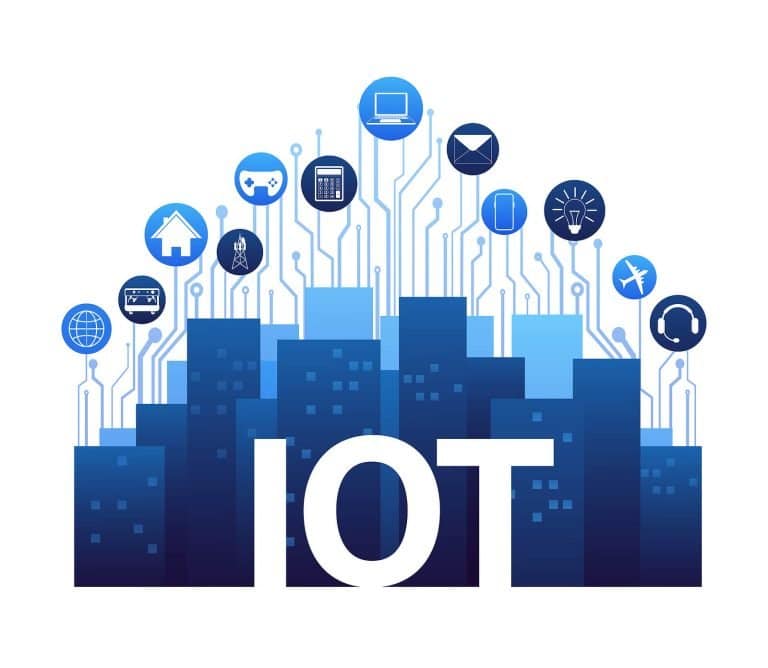Learn how IoE-enabled connected service operations can help companies get insight into operational functions for better decision-making.
While the “things” in the Internet of Things (IoT) stands for usable equipment and devices in everyday life, it excludes people and processes integral to business operations. With advancing data analytics capabilities and increased use of AI and machine learning (ML), organizations can now collect and transfer a wider variety of data over the cloud. This new platform that brings together people, processes, and devices is known as IoE, the Internet of Everything.
The “everything” in IoE is defined as people, things (objects and devices), processes (how things and people work together in an organization), and data to make networked connections more insightful. The vision of IoE is to use advanced technologies to connect things anytime and any place for anything.
IoE finds extensive application in telecommunications, manufacturing, energy, and automotive industries with service-driven operations. IoE-enabled connected service operations help companies get insight into various operational functions so that leadership teams can make more informed decisions.
Let us take a closer look at the ways leadership teams can utilize the insight generated out of connected service operations:
- Access information
As the data is available in the cloud, any member of the organization can access data from any part of the world in real-time. The data could be accessed through a software application. Role-based permission could be provided to the individual members to access the data, even when they are not physically present.
- Communication
Communication becomes more transparent in IoE as it facilitates Machine-to-Human (M2H), Machine-to-Machine (M2M), and Process to Human communications. How people communicate with processes is a fundamental characteristic of IoE. It gives more visibility and transparency in the processes, making it easier for the leadership teams to assign accountability, manage performance, and determine fast and effective responses in emergencies.
- Increase System Efficiency
IoE fundamentally proves to help increase the efficiency of systems within the organization. It helps collect accurate data, which is used for insight generation. Teams further use the insight to speed up validations and approval processes, improve the accuracy of scheduling and dispatch processes, enable the conservation of resources, and remove gaps from the processes to save on time and money.
- Automation
Most work gets automated as the physical objects get connected and controlled digitally from anywhere, anytime with wireless infrastructure. Less human intervention means less time and effort and more accuracy in the same job. Besides, the machines can communicate faster with each other and with people and processes, allowing teams to work on the most recent information and take quick action on them.
- Monitoring
One of the most apparent advantages of IoE is monitoring. The technology allows monitoring the entire service operations on different aspects of quality, viability, and performance. IoE enables machines to track the functioning of assets, people’s performance, and the processes’ effectiveness.
With a large volume of data collected and stored to generate insight, companies see the bigger picture of their service operations with critical details. The data enables them to identify the business requirements beforehand, providing more time to get equipped with the necessary tools to deal with disasters and emergencies.
Translating Capabilities into Benefits
While IoE provides immense capabilities to the service companies, the actual benefits depend on how effectively they can translate these capabilities into action. Easier said than done, service-focused organizations face many barriers, out of which, most common ones are:
- Large Volume of Data
Often, leadership teams overwhelm themselves with large volumes of data. Instead of fixating their data collection practices to their business goals, they stress over technological capabilities to maximize their data collection potential. As a result, they collect a huge volume of data that is neither relevant nor useful for them.
- Complex Network
IoE has a diverse network. A single loop-hole in any component, from hardware devices to the cloud platform, could result in poor quality of information, increased cost, wastage of time and resources, and security. While enabling connected service operations, companies must ensure to build a leak-proof and break-proof network of highly functioning sensors, hardware devices that communicate properly, network connection, and processor.
- Security
Safeguarding the connected devices and networks in the IoE is one of the biggest concerns. There is no point in having connected service operations when your organizational data is at greater risk. The connected systems interact with multiple devices over networks that are not fully controlled, making them vulnerable to network attacks. The only way to safeguard the system is data encryption and a multi-layered authentication and authorization process to maintain data privacy over the Internet.
- Data Accessibility and Utilization
By providing role-based access control, companies can ensure that all team members use data for making informed decisions. The role-based authorization must be done considering two critical factors: data of significant value is available to the teams, and the second is that critical data is protected by providing access to only relevant people.
The Step Forward
Effective utilization of capabilities is necessary for the service-focused organization to take the step forward in delivering richer experiences, figuring out new economic opportunities, and developing new capabilities.





